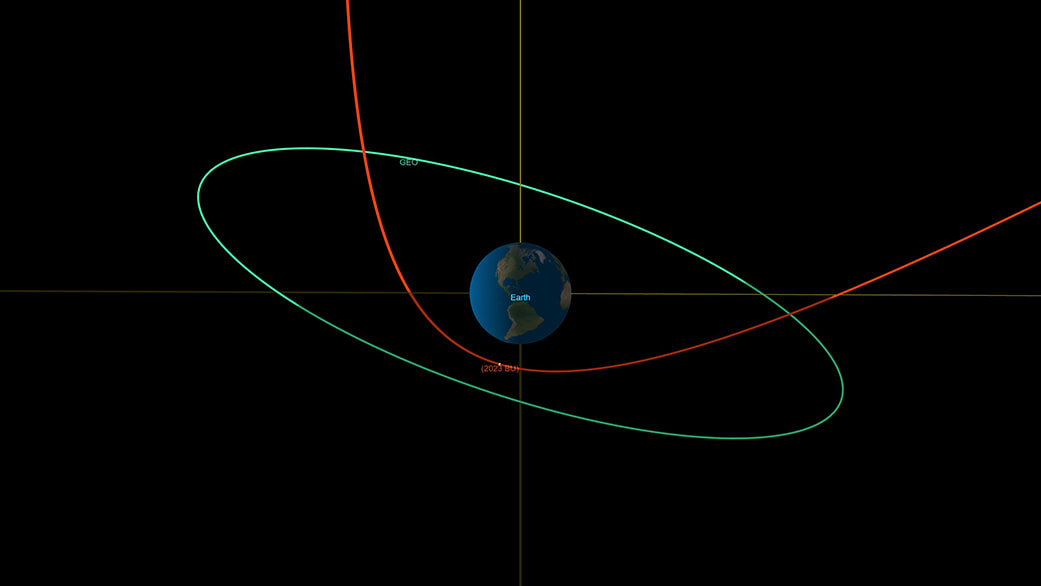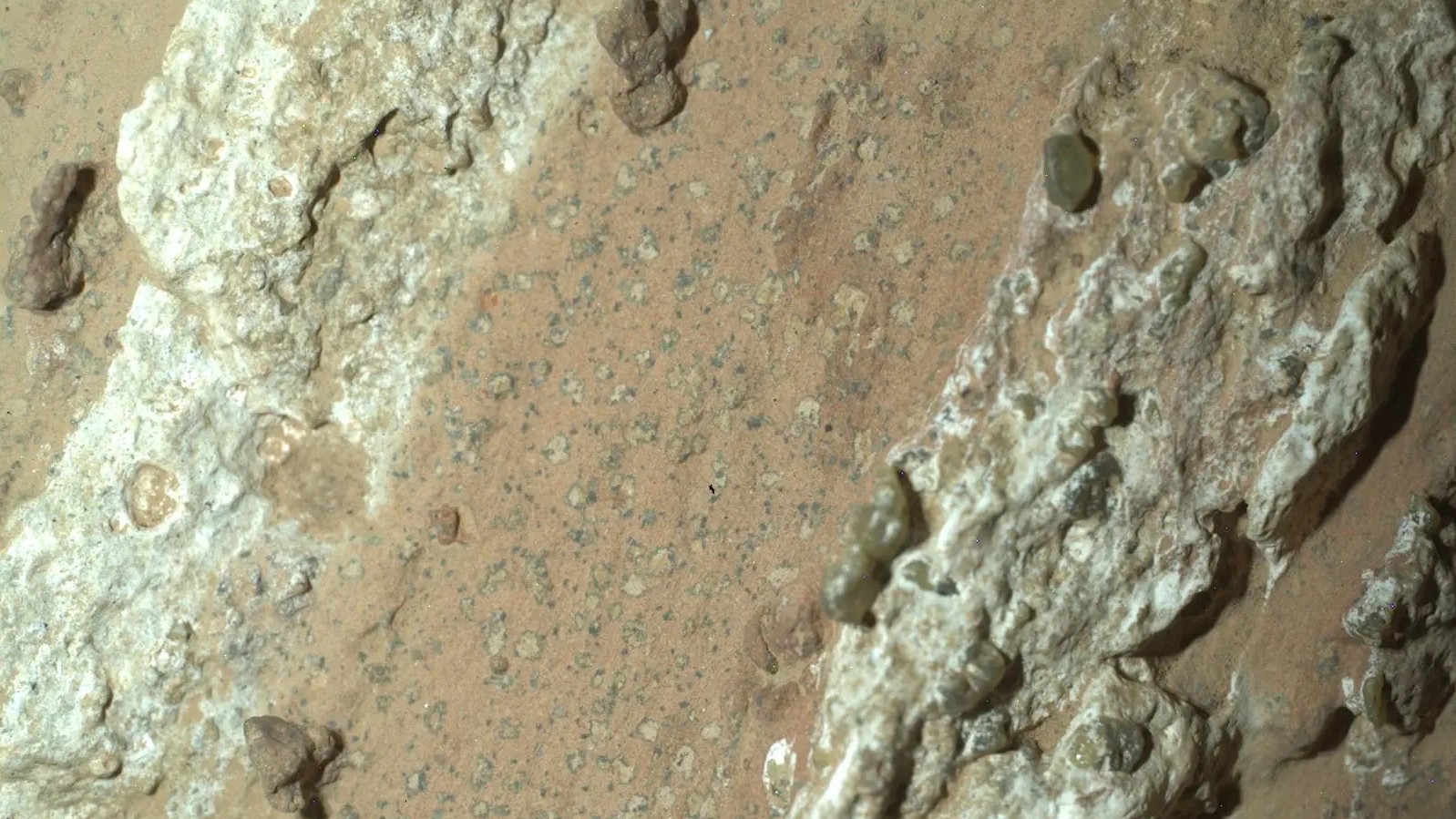An asteroid is expected to pass historically close to Earth on Thursday

A small asteroid will come closer to the Earth than some satellites on Thursday evening, passing over the southern tip of South America, writes NASA. Expected to pass over at 7:27 pm EST, the asteroid does not pose a risk to the planet.

The celestial body will be within 2,200 miles of the planet, making it the fourth-closest encounter to date. "It's not going to break up," said Davide Farnocchia, a navigation engineer at NASA's Jet Propulsion Laboratory. "It's going to zoom past Earth, say hello, and move on." Even if the asteroid was at risk of hitting Earth, it would likely burn up in the atmosphere long before doing any damage because of its small size. It is estimated to be between 11.5 feet to 28 feet.
The asteroid, called 2023 BU, was discovered by Gennadiy Borisov, an amateur astronomer, from his observatory in Nauchnyi, Crimea, reports The Wall Street Journal. Within three days of the discovery, multiple observations allowed for the path of 2023 BU to be refined. Approximately 100 tons of space material makes it to Earth every day, however, most of it is small, going undetected. But scientists are working to better detect objects approaching Earth to prevent larger damage, which was the goal of NASA's DART mission in 2022.
The Week
Escape your echo chamber. Get the facts behind the news, plus analysis from multiple perspectives.

Sign up for The Week's Free Newsletters
From our morning news briefing to a weekly Good News Newsletter, get the best of The Week delivered directly to your inbox.
From our morning news briefing to a weekly Good News Newsletter, get the best of The Week delivered directly to your inbox.
"Besides discovering objects, we are also making preparations to be able to deflect them in case that was ever needed," said Farnocchia. "The DART mission is a great example of that."
Once 2023 BU passes Earth, its "orbit will be more elongated, moving it out to about halfway between Earth's and Mars' orbits at its farthest point from the Sun," and will "complete one orbit every 425 days."
A free daily email with the biggest news stories of the day – and the best features from TheWeek.com
Devika Rao has worked as a staff writer at The Week since 2022, covering science, the environment, climate and business. She previously worked as a policy associate for a nonprofit organization advocating for environmental action from a business perspective.
-
 Farage’s £9m windfall: will it smooth his path to power?
Farage’s £9m windfall: will it smooth his path to power?In Depth The record donation has come amidst rumours of collaboration with the Conservatives and allegations of racism in Farage's school days
-
 The issue dividing Israel: ultra-Orthodox draft dodgers
The issue dividing Israel: ultra-Orthodox draft dodgersIn the Spotlight A new bill has solidified the community’s ‘draft evasion’ stance, with this issue becoming the country’s ‘greatest internal security threat’
-
 Codeword: December 13, 2025
Codeword: December 13, 2025The daily codeword puzzle from The Week
-
 Blue Origin launches Mars probes in NASA debut
Blue Origin launches Mars probes in NASA debutSpeed Read The New Glenn rocket is carrying small twin spacecraft toward Mars as part of NASA’s Escapade mission
-
 ‘The Big Crunch’: why science is divided over the future of the universe
‘The Big Crunch’: why science is divided over the future of the universeThe Explainer New study upends the prevailing theory about dark matter and says it is weakening
-
 Dinosaurs were thriving before asteroid, study finds
Dinosaurs were thriving before asteroid, study findsSpeed Read The dinosaurs would not have gone extinct if not for the asteroid
-
 The moon is rusting
The moon is rustingUnder the radar The Earth is likely to blame
-
 Panspermia: the theory that life was sent to Earth by aliens
Panspermia: the theory that life was sent to Earth by aliensUnder The Radar New findings have resurfaced an old, controversial idea
-
 Africa could become the next frontier for space programs
Africa could become the next frontier for space programsThe Explainer China and the US are both working on space applications for Africa
-
 NASA reveals ‘clearest sign of life’ on Mars yet
NASA reveals ‘clearest sign of life’ on Mars yetSpeed Read The evidence came in the form of a rock sample collected on the planet
-
 SpaceX breaks Starship losing streak in 10th test
SpaceX breaks Starship losing streak in 10th testspeed read The Starship rocket's test flight was largely successful, deploying eight dummy satellites during its hour in space
